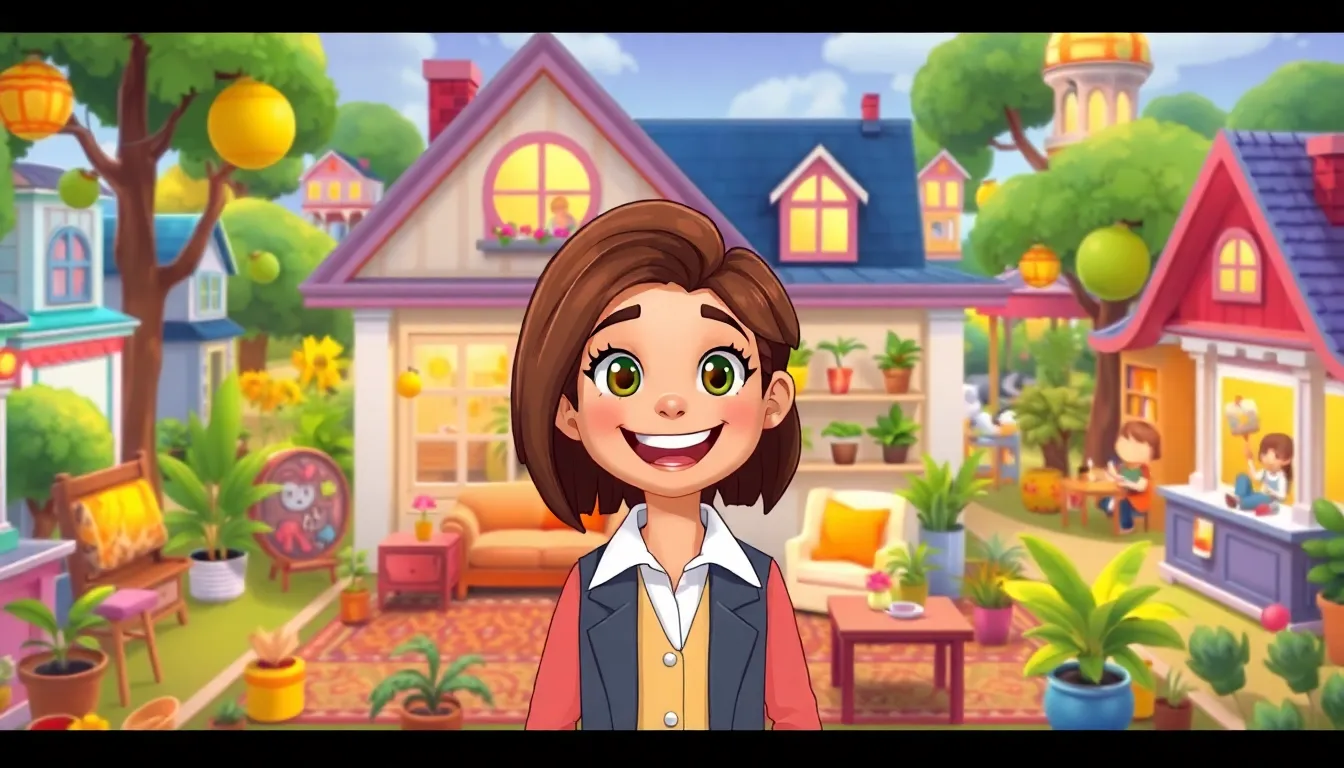Table of Contents
ToggleIn today’s binge-worthy world, TV shows are no longer confined to neat little boxes. Gone are the days when viewers had to choose between a heartwarming comedy or a nail-biting thriller. Instead, they’re diving headfirst into a delightful genre mix that keeps them guessing and glued to their screens. Picture this: a romantic comedy where the lead accidentally stumbles into a parallel universe filled with zombies. Sounds ridiculous? That’s the beauty of it!
Understanding TV Genre Mix
TV genre mix refers to the blending of varied genres within television programming. This approach enhances storytelling by creating dynamic narratives that attract a wider audience.
Definition of TV Genre Mix
TV genre mix involves combining elements from different genres to create innovative formats. Examples include merging drama with science fiction or infusing horror with comedy. These combinations allow for more complex plotlines and character development. Genre mixing enables storytelling that resonates with diverse viewer interests while breaking traditional boundaries.
Importance in Modern Television
Modern television thrives on genre mixing as it caters to evolving viewer preferences. Blending genres fosters originality, inviting audiences to explore unexpected narratives. It also enhances engagement, resulting in higher viewer retention rates. By defying strict category definitions, genre mixing attracts larger demographics, thus maximizing viewership and subscription growth. Successful series like “Stranger Things” exemplify how unique genre combinations can capture audience attention and generate buzz.
Popular Examples of TV Genre Mix
Genre mixing enriches storytelling and engages diverse audiences. Numerous successful TV shows exemplify this blend.
Dramedy: The Blend of Drama and Comedy
Dramedy combines heartfelt moments with humor for a compelling viewing experience. “The Marvelous Mrs. Maisel” perfectly captures this mix, transitioning between laughter and tears seamlessly. Characters face real-life struggles while delivering witty banter. Viewers connect with the authenticity and emotional depth presented. The genre appeals to those who appreciate both laughs and life lessons.
Sci-Fi and Horror Fusion
Sci-fi and horror fusion creates intense, thrilling narratives that captivate audiences. “Stranger Things” stands out as a prime example, merging supernatural elements with chilling suspense. Characters navigate a mysterious world filled with monsters while exploring themes of friendship and courage. This blend attracts fans from both genres, appealing to a broad demographic. Mysterious plots and eerie atmospheres keep viewers on the edge of their seats.
Impact on Viewership and Reception
Genre mixing significantly influences viewership and reception patterns, attracting diverse audiences. By creating captivating narratives, series blend elements from various genres to boost engagement.
Audience Engagement
Engagement thrives when shows combine genres. Viewers often find themselves invested in unexpected storylines that merge romance with fantasy or horror with humor. Series like “The Marvelous Mrs. Maisel” generate discussions by intertwining drama and comedy seamlessly. This approach not only resonates with different demographics but also keeps conversations active across social media platforms. Each unique blend fosters a sense of surprise, enticing viewers to binge-watch. As a result, audiences form stronger connections to characters, enhancing loyalty and further driving viewership.
Critical Acclaim
Critical acclaim often follows innovative genre mixing. Critics recognize how these unique combinations enrich storytelling and captivate audiences. Series like “Stranger Things” emerge as standout examples, showcasing the powerful fusion of sci-fi and horror elements. Such successful blends not only attract viewership but also receive accolades for creativity and originality. Audiences and critics alike appreciate the depth added through complex narratives, enabling a broader exploration of themes. Ultimately, shows that defy traditional genres frequently find themselves celebrated at awards and highlighted in industry discussions.
Challenges of TV Genre Mixing
TV genre mixing presents unique challenges that can complicate both storytelling and audience reception. Maintaining cohesiveness in a narrative becomes crucial. Viewers expect a seamless blend of genres where transitions appear natural. Conflicting tones or styles can lead to confusion, making it vital for writers to balance elements carefully.
Audience expectations also play a significant role. Fans often anticipate specific themes, motifs, or structures from their preferred genres. When shows deviate too far from established norms, audience disengagement may occur. Extensive market research shows viewers gravitate toward familiar tropes. Misalignment with these expectations can hinder a show’s success, impacting ratings and overall popularity.
Creative teams must navigate these waters thoughtfully. They need to ensure that genre blending enriches rather than complicates the viewing experience. Maintaining clarity while pushing boundaries strikes a balance that keeps genres fresh, engaging, and aligned with viewer preferences.
The blending of genres in television has transformed the viewing landscape into a vibrant and dynamic space. As audiences embrace these innovative combinations they find themselves captivated by richer narratives and more relatable characters. This genre mixing not only enhances storytelling but also fosters a deeper connection between viewers and the content they consume.
Shows that successfully merge different genres often stand out in a crowded market. They draw in diverse audiences and spark engaging conversations that extend beyond the screen. As the industry continues to evolve it’s clear that genre mixing will play a pivotal role in shaping the future of television entertainment.







